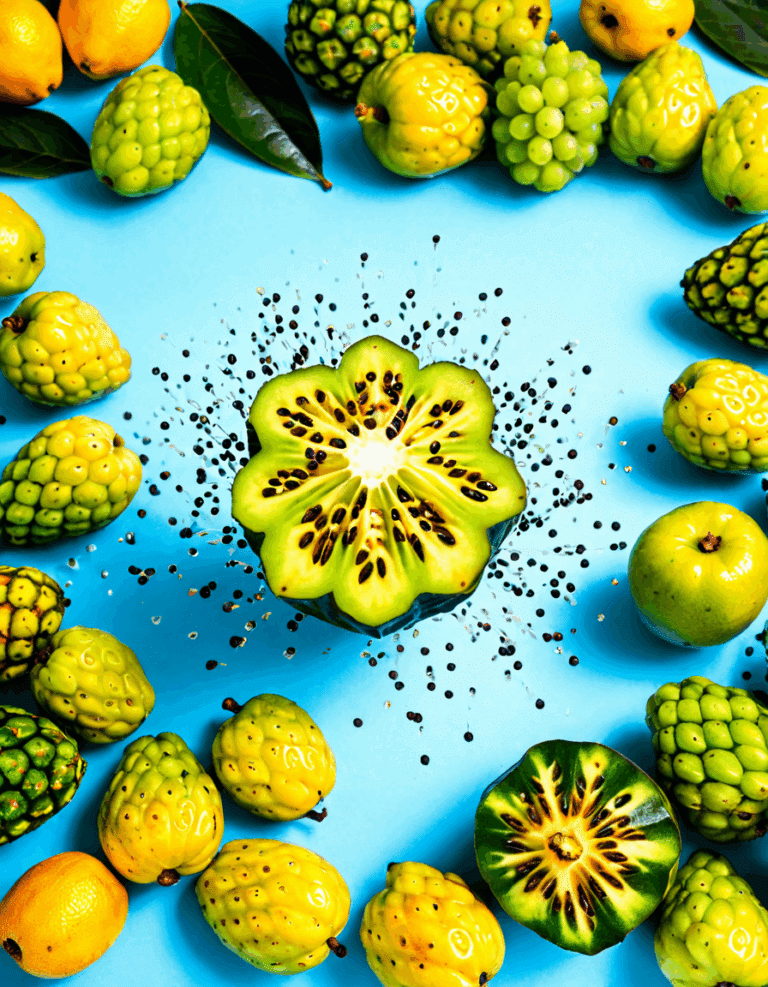When it comes to understanding kernicterus, the stakes couldn’t be higher. This severe neurological condition stems from high bilirubin levels in newborns, often leading to lifelong consequences if left untreated. Imagine bringing your baby home, only to find that something as common as jaundice could lead to serious complications. It’s vital that we dive into the realities of kernicterus, equipping ourselves with knowledge that can make a difference.

Understanding Kernicterus: Symptoms, Causes, and Consequences
Kernicterus usually manifests in the first few days after birth—so early detection can save lives. The first and most obvious sign is severe jaundice, where a baby’s skin and eyes take on a yellowish hue. Beyond that, parents should keep an eye out for:
The underlying causes often include Rh incompatibility or ABO incompatibility. Certain metabolic conditions can also elevate the risk. Recognizing these causes helps parents understand what they might face, and how to prevent kernicterus from becoming an unwelcome guest in their newborns’ lives.

The Impact of Kernicterus: Risks and Long-Term Effects
Kernicterus isn’t just a scary word; it carries long-lasting implications. After it sets in, the potential risks can be staggering. Here’s what you need to know:
Understanding these risks empowers parents and healthcare providers to take early action. Establishing timely interventions and supportive care strategies can drastically improve outcomes for these kids.

Managing Kernicterus: Medical Treatments and Therapies
Managing kernicterus involves multiple strategies tailored to each infant’s condition. Here’s how the medical field tackles this challenging situation:
Early medical intervention can work wonders. The sooner treatment starts, the better the chances of minimizing kernicterus’ impact.

Emerging Treatments and Research Advances in Kernicterus Management
Innovation is blooming in the realm of kernicterus management. As research pushes boundaries, new strategies are under exploration. Here are some noteworthy advancements:
Additionally, advancements in bilirubin sensors may provide healthcare professionals the ability to monitor infants at risk more effectively. With these tools at our disposal, there’s hope for earlier intervention.

Related Conditions: Kernicterus and Other Health Issues
Kernicterus doesn’t operate in isolation; it interacts with a broader healthcare landscape. Here’s a snapshot:
The intricate connections between various health conditions showcase the necessity for comprehensive understanding in both management and consultation practices surrounding kernicterus.
The Importance of Awareness and Advocacy for Kernicterus
Raising awareness about kernicterus can’t be overlooked. Education equips parents, healthcare workers, and communities with the tools necessary for prevention and early diagnosis. Here’s what can be done:
Creating awareness not only empowers individuals but also strengthens community networks. Together, we can enhance understanding, improve outcomes, and pave the path for neonatal health’s brighter future.
Kernicterus is more than a medical term; it’s a community issue that impacts lives. Let’s put knowledge into action for the sake of our children and families. Together, we can ensure that infants receive the best care possible, paving the way for a healthy future. If you’re passionate about your health and your family’s well-being, keep fighting, keep learning, and always seek out the knowledge that can make a difference.
Remember, change starts with you—stay informed and advocate for the little ones who depend on it.
Kernicterus: Fun Facts and Trivia
What Is Kernicterus?
Kernicterus might sound like a rare ghost from a medical textbook, but it’s very real and quite serious. This condition arises from excessive jaundice, usually in newborns, which can lead to permanent brain damage. Speaking of unusual conditions, did you know that something like pemphigus has its quirks too? It’s another skin ailment that people might not be familiar with. Now, kericterus doesn’t just pop up out of nowhere; early detection is key. In 75 hard, participants rely on discipline and rigorous adherence to a plan to achieve their personal transformation, much like how monitoring bilirubin levels can lead to a transformative impact on a newborn’s health.
The Origins and Implications
Kernicterus is most commonly seen in infants with Rh incompatibility or certain genetic conditions. Isn’t it interesting how our bodies work? In a way, having knowledge of something like how tall is Tom Cruise creates a comparison of our own physical challenges and hidden complexities. Just like in cinema, where characters can have unanticipated depth, kernicterus poses hidden risks and long-term effects that can be damaging if not recognized.
Transitioning into prevention, healthcare practices encourage early screening for jaundice soon after birth. This proactive approach can prevent a minor issue from becoming a significant problem. Much like the importance of having a mapa CDMX in Mexico City, knowing how to navigate early symptoms can make all the difference for a healthy future.
Long-Term Impact
Kernicterus often leads to serious complications, including hearing loss and movement disorders. It’s incredible how something seemingly simple can ripple through a person’s life. Just as quetiapina is prescribed to address specific mental health challenges, understanding kernicterus can highlight the importance of prompt medical intervention to mitigate risks.
On a lighter note, did you know that Higarashi is an online term linked to a vibrant community that celebrates storytelling in various formats? Engaging in storytelling can serve as a therapeutic escape for those affected by long-term conditions like kernicterus, helping them connect with others and share experiences.
In conclusion, while kernicterus can sound alarming, awareness, early detection, and intervention can drastically improve outcomes. Keep those conversations going and stay informed! After all, navigating health issues doesn’t just change the course for individuals but adds to the rich tapestry of shared knowledge and experience.



























